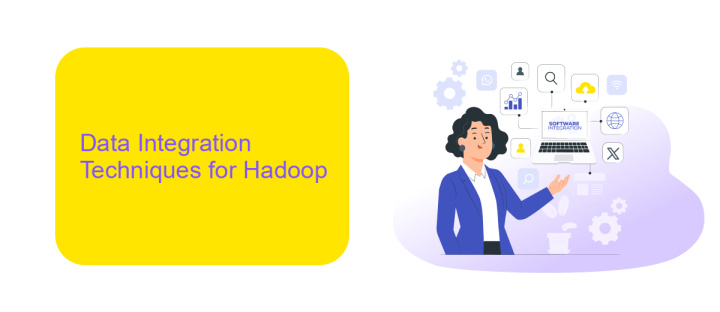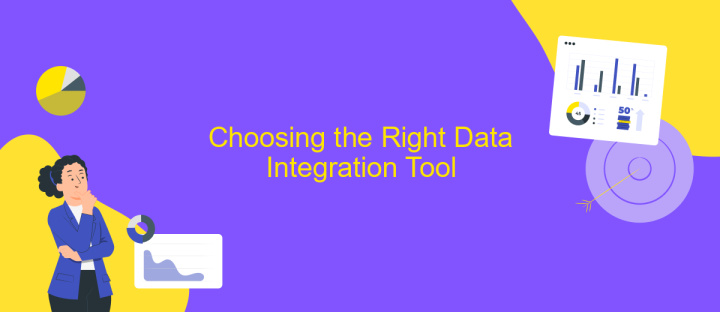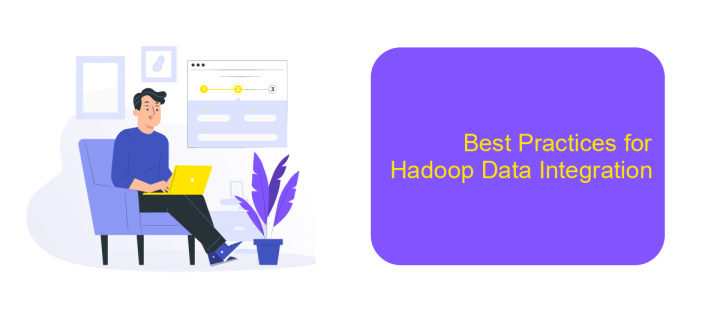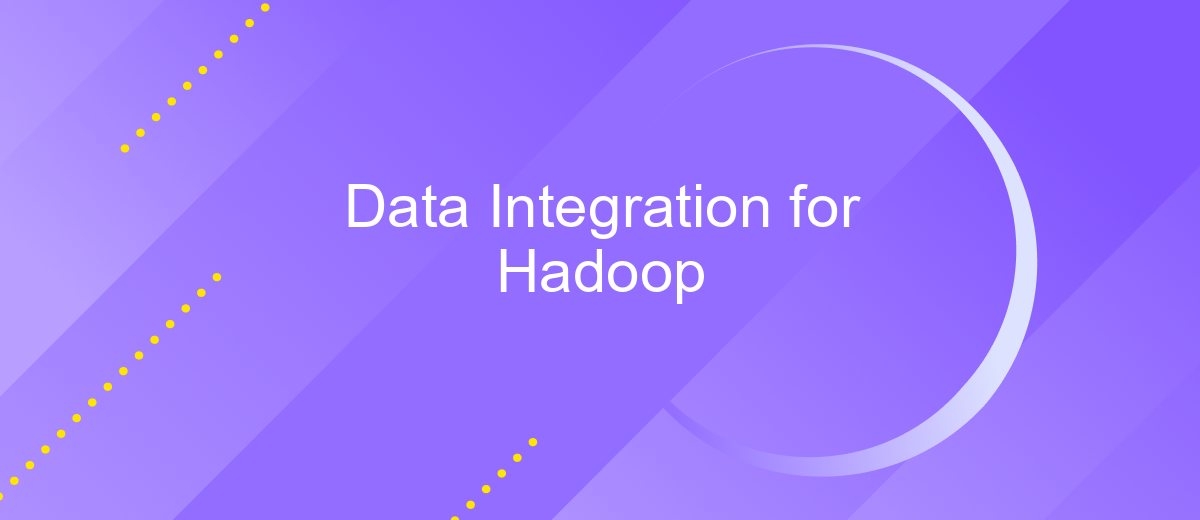Data Integration for Hadoop
Data integration for Hadoop is a critical process that enables organizations to harness the full potential of big data analytics. By seamlessly combining diverse data sources, Hadoop's powerful distributed computing framework can efficiently process vast amounts of information. This article explores the key strategies and tools for effective data integration in Hadoop environments, highlighting how businesses can leverage integrated data to drive informed decision-making and gain a competitive edge.
Understanding Data Integration and Hadoop
Data integration is a critical process in modern data management, enabling the combination of data from different sources into a unified view. This process is essential for businesses to gain comprehensive insights and make informed decisions. Hadoop, an open-source framework, plays a significant role in handling large datasets and facilitating data integration. Its ability to store and process vast amounts of data across distributed systems makes it an ideal choice for organizations looking to harness big data.
- Hadoop Distributed File System (HDFS) allows for scalable storage of integrated data.
- MapReduce provides a programming model for processing large datasets efficiently.
- YARN enhances resource management and job scheduling capabilities.
- Hadoop's ecosystem includes tools like Hive and Pig for data querying and analysis.
Understanding the synergy between data integration and Hadoop is crucial for leveraging the full potential of big data. By integrating data effectively, organizations can ensure data consistency, improve data quality, and enhance analytical capabilities. Hadoop's robust framework supports this integration, enabling businesses to process and analyze data at scale, ultimately driving innovation and competitive advantage.
Data Integration Techniques for Hadoop

Data integration for Hadoop involves combining data from various sources into a unified view to facilitate efficient processing and analysis. One common technique is ETL (Extract, Transform, Load), where data is extracted from different sources, transformed into a suitable format, and loaded into Hadoop's distributed storage. This process ensures that data is cleansed and structured for optimal use in Hadoop's ecosystem. Another approach is ELT (Extract, Load, Transform), which loads raw data directly into Hadoop and then transforms it using its powerful processing capabilities. This technique is often preferred for handling large volumes of data due to Hadoop's scalability.
In addition to traditional methods, modern tools and services like ApiX-Drive offer innovative solutions for seamless data integration. ApiX-Drive automates the data integration process, allowing users to connect various applications and data sources without extensive coding. This service provides a user-friendly interface to set up integrations, making it easier for organizations to manage their data flows into Hadoop. By leveraging such tools, businesses can enhance their data integration strategies, ensuring timely and accurate data availability for analytics and decision-making.
Choosing the Right Data Integration Tool

When selecting a data integration tool for Hadoop, it's crucial to consider several factors that align with your project's specific needs. The right tool can streamline data processes, improve efficiency, and reduce operational costs. Start by evaluating the tool's compatibility with your existing infrastructure and its ability to handle the volume, variety, and velocity of your data. The tool should also support real-time processing if your use case demands it.
- Assess the tool's scalability and performance to ensure it can grow with your data needs.
- Consider the ease of use and learning curve, especially if your team is not highly specialized in data engineering.
- Check for robust support and documentation, which can be crucial for troubleshooting and maximizing the tool's potential.
- Evaluate the cost-effectiveness, including both initial investment and ongoing maintenance expenses.
- Ensure the tool offers strong security features to protect sensitive data.
Ultimately, the best data integration tool for Hadoop will depend on your organization’s specific requirements and goals. By carefully weighing these factors, you can select a tool that not only meets your current needs but also adapts to future challenges and opportunities.
Best Practices for Hadoop Data Integration

Integrating data within a Hadoop ecosystem requires a strategic approach to ensure efficiency and scalability. Understanding the unique characteristics of Hadoop, such as its distributed storage and processing capabilities, is crucial for effective data integration. Prioritizing data quality and consistency is essential to maintain the integrity of the data as it flows through the system.
Utilizing best practices can significantly enhance the performance and reliability of data integration processes. By leveraging the right tools and methodologies, organizations can streamline operations and achieve greater insights from their data. It is important to focus on automation and scalability to handle large volumes of data efficiently.
- Utilize Apache Sqoop for efficient data transfer between Hadoop and relational databases.
- Implement Apache Kafka for real-time data streaming and integration.
- Ensure data quality with Apache NiFi for data flow automation and management.
- Leverage Hive or Pig for data transformation and querying within Hadoop.
- Adopt a schema-on-read approach to accommodate diverse data formats.
By following these best practices, organizations can maximize the potential of their Hadoop environments. It is essential to continuously monitor and optimize data integration processes to adapt to evolving data needs and technological advancements. This approach ensures that the Hadoop ecosystem remains robust and capable of supporting business objectives.


Future Trends in Hadoop Data Integration
As data integration for Hadoop continues to evolve, future trends are likely to focus on enhanced automation and real-time processing capabilities. The growing need for seamless data flow between various platforms will drive the development of more sophisticated tools, enabling organizations to integrate diverse data sources effortlessly. Services like ApiX-Drive are expected to play a crucial role in this landscape by offering streamlined solutions for setting up integrations, thereby reducing the complexity and time required for data integration processes.
Moreover, the integration of artificial intelligence and machine learning with Hadoop will likely become more prevalent, allowing for smarter data processing and analytics. These technologies will enable predictive data integration, where systems can anticipate data needs and automatically adjust integration workflows. Additionally, as data privacy and security concerns grow, future trends will also emphasize the development of robust security protocols within Hadoop data integration frameworks to ensure compliance with global data protection regulations. Overall, the future of Hadoop data integration promises to be more dynamic, efficient, and secure.
FAQ
What is data integration for Hadoop, and why is it important?
What are the common challenges faced during data integration with Hadoop?
How can I automate data integration processes in Hadoop?
What tools are commonly used for data integration in Hadoop environments?
How can I ensure data quality during the integration process in Hadoop?
Apix-Drive is a simple and efficient system connector that will help you automate routine tasks and optimize business processes. You can save time and money, direct these resources to more important purposes. Test ApiX-Drive and make sure that this tool will relieve your employees and after 5 minutes of settings your business will start working faster.

